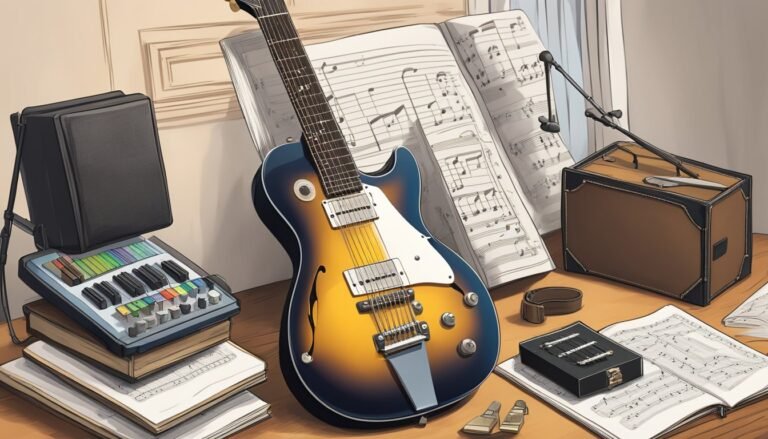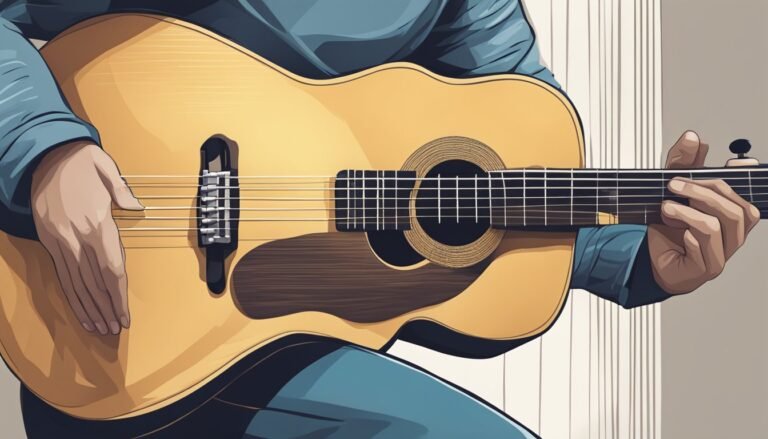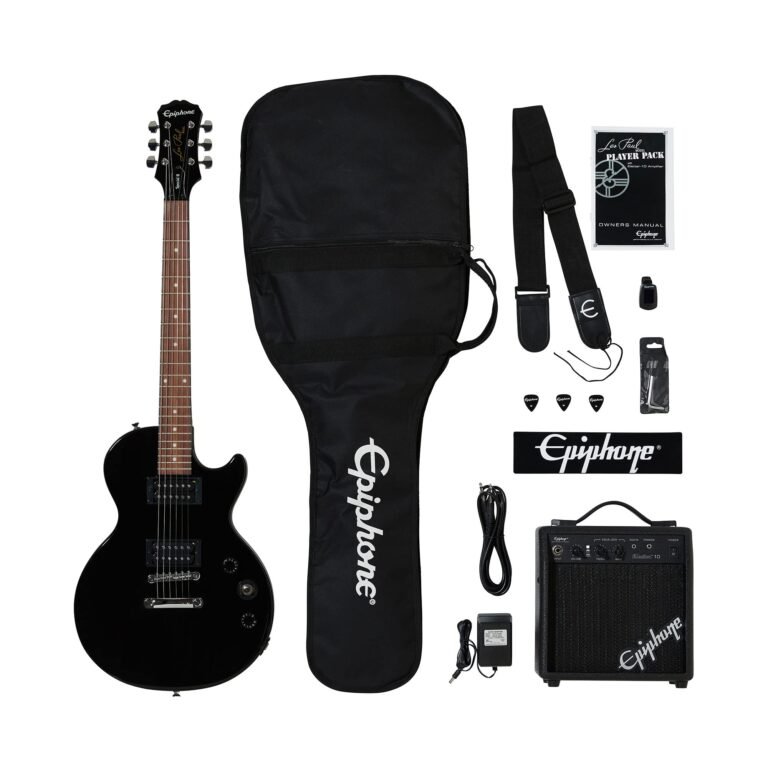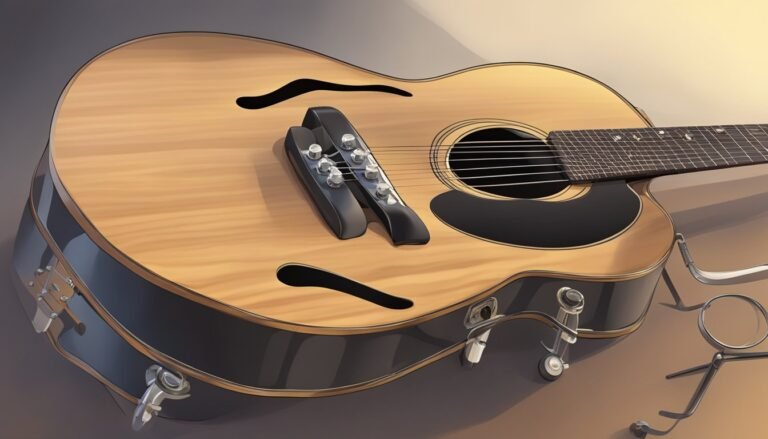
How to Learn to Play Guitar: A Simple Guide for Beginners
Learning guitar involves mastering basic chords and strumming, regular practice, and utilizing online resources to progress effectively while enjoying your favorite songs.

Learning guitar involves mastering basic chords and strumming, regular practice, and utilizing online resources to progress effectively while enjoying your favorite songs.

Choosing an electric guitar involves considering your playing style, budget, and music genre. Popular models include Fender Stratocaster and Gibson Les Paul, ideal for various styles.

Shipping a guitar typically costs between $32 and $500, depending on the carrier, distance, and packaging. Proper preparation and insurance can enhance safety during transit.

Learning "Come As You Are" by Nirvana features an iconic riff, simple chords, and a memorable melody, making it accessible for beginners and enjoyable for all guitarists.

Playing fingerstyle guitar enhances musical expression through techniques like plucking strings with fingers, mastering patterns, and selecting inspiring songs for practice and performance.

Epiphone guitars are ideal for beginners, offering quality, affordability, and a variety of styles including acoustic and electric, suitable for diverse musical preferences.

Tuning a 12-string guitar involves adjusting paired strings to achieve a rich sound, utilizing tools like tuners and apps for accuracy and ease.

A guitar tuner simplifies the tuning process, ensuring accurate pitch for each string, which is essential for optimal sound quality and musical enjoyment.

Tuning a guitar by ear enhances musical skills, allowing for better pitch recognition and a deeper connection with the instrument through techniques like the fifth fret method and harmonics.

Starting to learn guitar involves getting familiar with the instrument, mastering basic chords, and developing effective practice habits for skill advancement. Patience and consistent practice are essential.